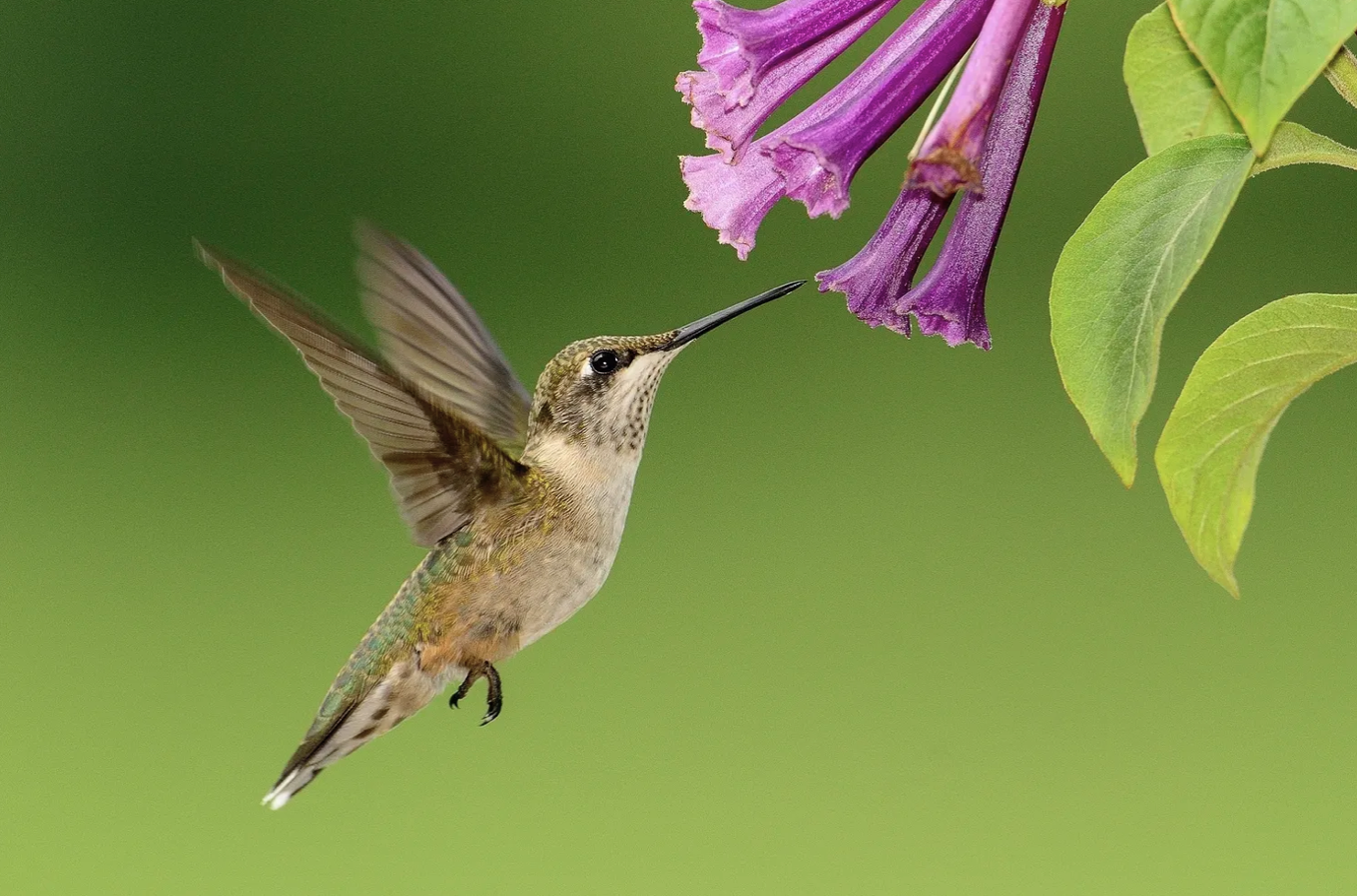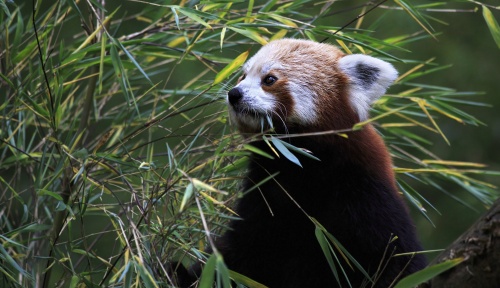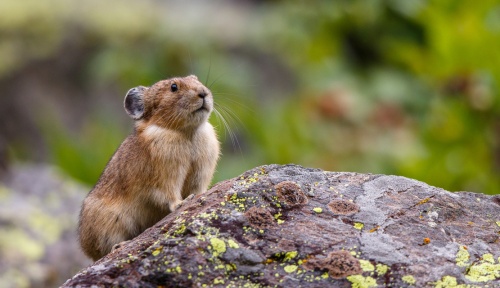30 Mar 2022
Biodiversity is rapidly declining, yet the area of nature reserves is limited and it is difficult to expand them further. It is therefore vital to consider how humans can coexist with animals outside the designated nature reserves. This presents a great challenge for conservationists and policymakers.
During discussions at the United Nations Biodiversity Conference (COP15) 2021 parallel forum, representatives of various countries emphasised the need to make better use of land outside protected areas to safeguard biodiversity.
This is a research focus for Dr Lingyun Xiao from the Department of Health and Environmental Sciences at Xi’an Jiaotong-Liverpool University. In a new study, published in the journal Animal Conservation, Dr Xiao explores the possible impact of livestock grazing (particularly yak and sheep) on the snow leopard and its prey, and how humans can coexist with wild animals.
This study found that livestock grazing had no negative impact on the snow leopard and its prey, bharal – also known as the blue sheep, a wild goat that occurs on the Tibetan Plateau and high Himalayas. Livestock and bharal were to some extent separated in their spatial use, especially during resource-scarce season (winter). Bharal tended to inhabit rugged mountain areas at high altitudes, where rocky outcrops are present and there is lower grassland productivity. Livestock, on the other hand preferred to use river valley areas with more abundant water and grass.
“The distribution of snow leopards spreads from the Qinghai Tibet Plateau to other connected mountains, across many countries. There are nomadic herdsmen and pastures throughout its distribution range and the density of local livestock is nearly 14 times higher than wild bharal in my study area,” Dr Xiao says.
“We want to know whether this great density of local grazing will have some impact on snow leopards and their wild prey, such as the conflict over food resources and between humans and animals.”

Separation of ecological niche
Dr Xiao says that for this study, the data for snow leopards, livestock and bharal were collected in different ways.
“As the snow leopard is a kind of predator whose whereabouts are relatively secret, we used infrared-triggered cameras to capture their occurrence.”
“For the snow leopard’s prey bharal, we directly investigated the distribution and quantity through transect surveys – counting bharal following pre-set routes. While the livestock data came from nearly 400 interviews with nomadic herdsman, to understand the choice of pasture location in different seasons and the degree of grazing intensity of each valley.”
However, the results showed no evidence of any connection or impact of livestock grazing on the distribution of snow leopards, the distribution of bharal or the density.
“We are surprised by this result,” Dr Xiao says. “We found that the space occupied by snow leopards and humans is actually separated to some extent, the conflict between snow leopards and humans is relatively small, and the coexistence of humans and animals can be achieved.”
“Bharal and snow leopards are both animals that are particularly good at climbing and jumping in rugged rocky areas, they have formed this special niche through evolution,” Dr Xiao continues.
“The animal’s niche includes the distinction between living space and food. Space refers to the area used by animals, while food niche is the choice of resources. For example, the food eaten by snow leopard and wolves are differentiated to avoid competition between the species; wolf cubs eat plain-dwelling hoofed mammals, while snow leopards primarily consume alpine species in the high mountains.”
Coexistence of humans and animals
Dr Xiao expresses the hope that the results of this study will provide an optimistic example for protecting wild animals and dealing with problems of coexistence with humans. Only when we have a more accurate understanding of the needs of animals can we better improve biodiversity.
“We usually think that to protect large carnivorous wild animals, we need to provide them with a very large area. But through this study, it is found that even for large mammals like the snow leopard, what they need is just those rocky mosaics scattered across herders’ pastures,” Dr Xiao says.
“We have almost achieved the Aichi Biodiversity target of protecting 17% of terrestrial lands. However, we are still failing to reverse the trend of biodiversity loss. For 12,000 years, the area of wild land did not alter much, with the majority of changes in land use occurring only recently. We may need to make more rational use of the land inhabited by human beings, rather than increasing the size of wilderness areas reserved for animals.”
Dr Xiao goes on to discuss further implications of understanding the ecological niches of animals.
“The construction of urban greening also requires detailed knowledge of ecology. Only by using the most appropriate way to deal with our relationship with animals can we truly design a biodiversity-friendly city, while meeting the needs of urban development.”
In the future, Dr Xiao will continue researching snow leopards and their relationship with their neighbouring species, to learn more about their ecological needs and promote multi-species protection.
The paper is entitled “Spatial separation of prey from livestock facilities coexistence of a specialized large carnivore with human land use”. Click here to read it.
By Luyao Wang
Edited by Catherine Diamond
30 Mar 2022
RELATED NEWS

Switching it up: Why some plants prefer hummingbirds, not bees
Many plants require the help of animals such as bees, birds and bats to transfer their pollen between plants for reproduction. As a result, each plant specie...
Learn more

China’s wildlife food ban is vital for public health and threatened species – our research reveals what must happen next
World leaders are attending an online summit to discuss the future of life on Earth. With one million species threatened with extinction this century, th...
Learn more

The Conversation: Creature that inspired Pikachu is being blamed for an ecological crisis – but it may be innocent
Known as the water tower of Asia, the Tibetan Plateau is where the mighty Yellow, Yangtze and Mekong rivers begin as tiny trickles. The plateau is also s...
Learn more







